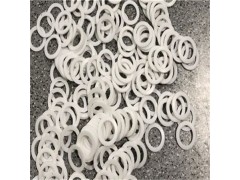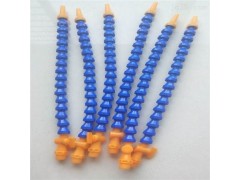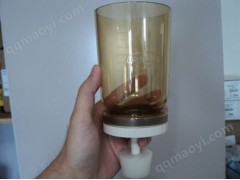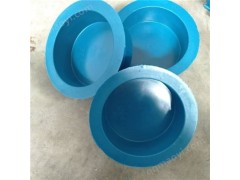Product Details
Rubber waterstops and waterstop rubber are made of natural rubber and various synthetic rubbers as the main raw materials, mixed with various additives and fillers, and are molded through plasticizing, mixing, and pressing. They have many varieties and specifications, including bridge types. , mountain type, type, type, type, B type, type, type, type, type, etc. According to the usage, it can be classified into buried rubber waterstop and back-mounted rubber waterstop. This water-stop material has good elasticity, wear resistance, aging resistance and tear resistance, strong adaptability to deformation, and good waterproof performance. The temperature range is ℃ + ℃. When the temperature exceeds ℃, and the rubber waterstop is affected by Rubber waterstops must not be used when there is strong oxidation or corrosion by organic solvents such as oil. Scope of application of waterstops
Applicable to underground structures, dams, reservoirs, swimming pools, roofs and other building materials and The deformation joints of structures are waterproof.
Construction and installation of waterstops
Waterstops are partially or completely buried in concrete during the concrete pouring process. There are many sharp stones and sharp objects in the concrete. Because the tear strength of plastic and rubber is lower than the tensile strength, once the waterstop is punctured or torn, the crack will expand without a large external force, so the positioning of the waterstop and the concrete During the pouring process, attention should be paid to the positioning method and pouring pressure to prevent the waterstop from being punctured. Therefore, during the waterstop positioning and concrete pouring process, attention should be paid to the positioning method and pouring pressure to avoid the waterstop being punctured. If broken, it will affect the water-stop effect.
Specific precautions are as follows
The water-stop should not be exposed to the sun for a long time, prevent rain, and do not come into contact with highly polluting chemicals.
During transportation and construction, prevent machinery and steel bars from damaging the waterstop.
During the construction process, the waterstop must be reliably fixed to avoid displacement when pouring concrete and ensure the correct position of the waterstop in the concrete.
Methods for fixing the waterstop include using special clamps for additional steel bars to fix lead wires and templates. If perforation is required, it can only be installed in the edge installation area of the waterstop, and other parts must not be damaged.
When ordering, users should calculate the length of the product based on the engineering structure and design drawings. Special-shaped structures should have drawing instructions. Try to connect the waterstops as a whole in the factory. If you need to connect them on site, you can use electric heating plates. Methods of vulcanization bonding or cold bonding (rubber waterstop) or welding (plastic waterstop).
Rubber waterstop, water-swellable waterstop
Rubber waterstop, rubber waterstop, rubber waterstop
Steel edge waterstop, two-component polysulfide sealant (glue),
Polysulfide sealant (paste), water-swellable waterstop, rubber waterstop
Disclaimer
The information/pictures/parameters, etc. displayed on this webpage about【350×8 rubber waterstop | 300×6 rubber waterstop】are provided by member【Hengshui Acer Rubber & Plastic Co., Ltd.
】,By Titker Trade Network members 【Hengshui Acer Rubber & Plastic Co., Ltd.
】is solely responsible for the authenticity, accuracy and legality of the information/pictures/parameters, etc.,Titker Trade Network only provides display services. For your safety, please choose Titker Trade Network for online trading, otherwise Titker Trade Network will not bear any responsibility for this.
If your legitimate rights and interests have been infringed, please contact Titker Trade Network customer service as soon as possible. We will serve you wholeheartedly. Thank you for your attention and support to Titker Trade Network!






 Plastic PTFE gasket ¥1.00/米
Plastic PTFE gasket ¥1.00/米
 Engineering plastic ¥100.00/米
Engineering plastic ¥100.00/米
 Plastic cooling tube¥1.00/米
Plastic cooling tube¥1.00/米
 Plastic magnetic fil¥1.00/米
Plastic magnetic fil¥1.00/米
 How much does it cos¥1.00/米
How much does it cos¥1.00/米
 Supply customized pl¥1.00/米
Supply customized pl¥1.00/米
 Supply plastic pipe ¥1.00/米
Supply plastic pipe ¥1.00/米
 Cangzhou plastic pip¥1.00/米
Cangzhou plastic pip¥1.00/米
 Kunshan Wantong Holl¥3.50/米
Kunshan Wantong Holl¥3.50/米



 Year1
Year1




 WhatsApp
WhatsApp





